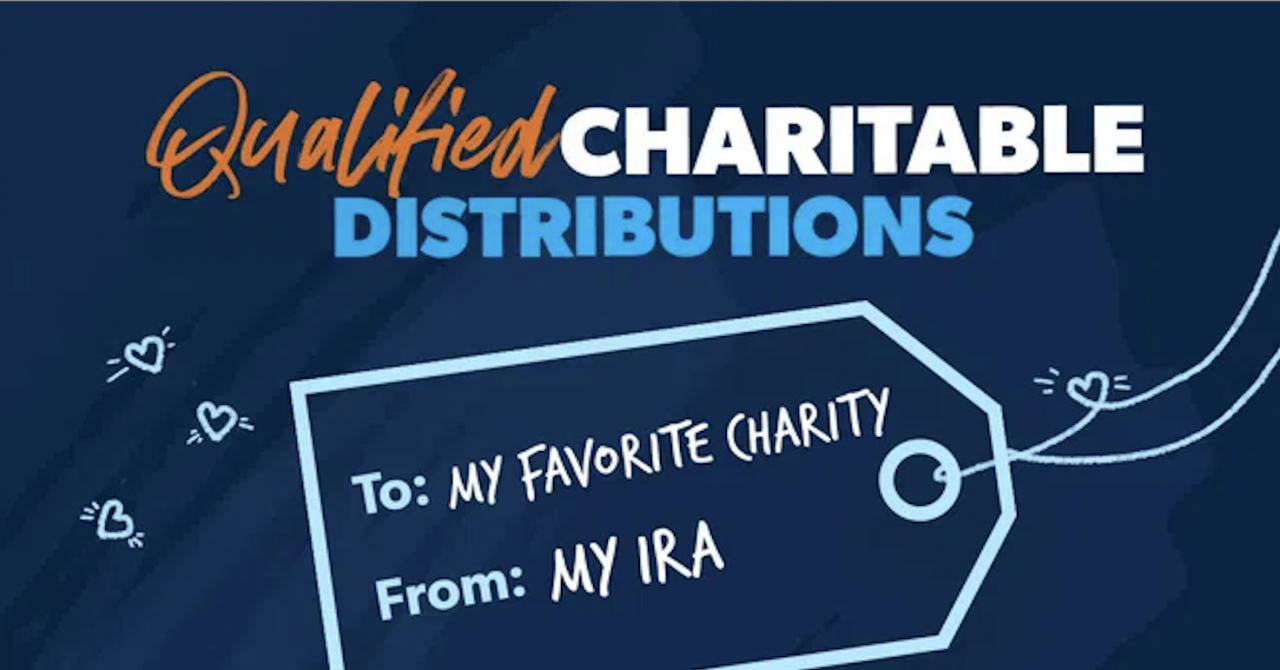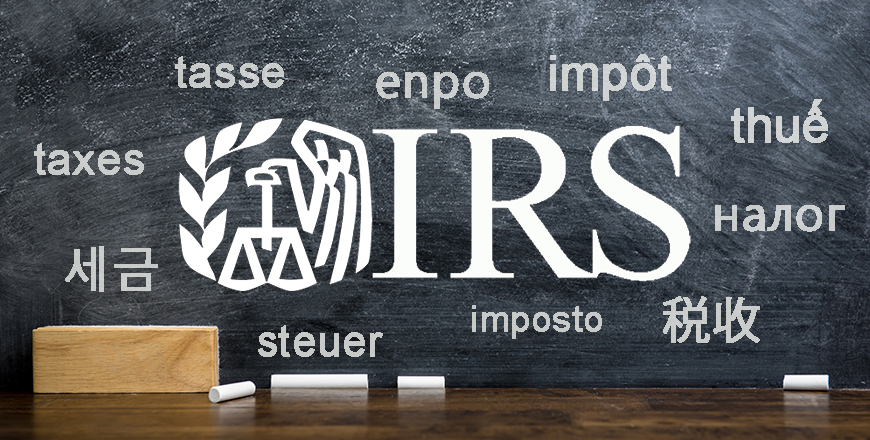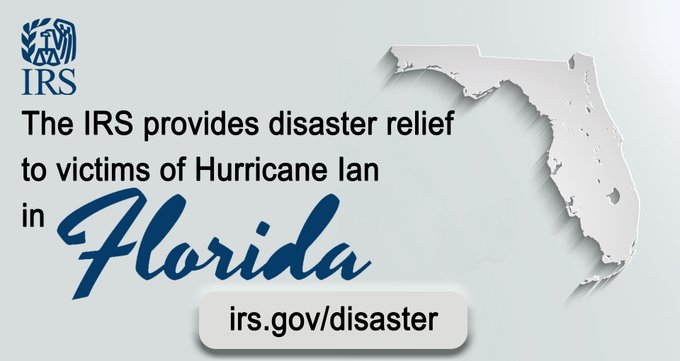The Internal Revenue Service encouraged taxpayers to take important actions this month to help them file their 2022 federal tax returns. This is the second in a series of reminders to help taxpayers get ready for the upcoming tax filing season. A “Get Ready” pageoutlines steps taxpayers can take now to make tax filing easier in 2023. Here’s what’s new and some key items for taxpayers to consider before they file next year.
Reporting rules changed for Form 1099-K. Taxpayers should receive Form 1099-K, Payment Card and Third Party Network Transactions, by January 31, 2023, if they received third party payments in tax year 2022 for goods and services that exceeded $600.
There’s no change to the taxability of income. All income, including from part-time work, side jobs or the sale of goods is still taxable. Taxpayers must report all income on their tax return unless it’s excluded by law, whether they receive a Form 1099-K, a Form 1099-NEC, Nonemployee Compensation, or any other information return.
Prior to 2022, Form 1099-K was issued for third party networks transactions only if the total number of transactions exceeded 200 for the year and the aggregate amount of these transactions exceeded $20,000. The American Rescue Plan Act of 2021 lowered the reporting threshold for third party networks that process payments for those doing business.
Now a single transaction exceeding $600 can require the third party platform to issue a 1099-K. Money received through third party payment networks from friends and relatives as personal gifts or reimbursements for personal expenses is not taxable.
The IRS cautions people in this category who may be receiving a Form 1099 for the first time – especially “early filers” who typically file a tax return during the month of January or early February – to be careful and make sure they have all of their key income documents before submitting a tax return. A little extra caution could save people additional time and effort related to filing an amended tax return. And if they have untaxed income on a Form 1099 that isn’t reflected on the tax return they initially file, that could mean they need to submit a tax payment with an amended tax return.
If the information is incorrect on the 1099-K, taxpayers should contact the payer immediately, whose name appears in the upper left corner on the form. The IRS cannot correct it.
Some tax credits return to 2019 levels. This means that affected taxpayers will likely receive a significantly smaller refund compared with the previous tax year. Changes include amounts for the Child Tax Credit (CTC), Earned Income Tax Credit (EITC) and Child and Dependent Care Credit.
- Those who got $3,600 per dependent in 2021 for the CTC will, if eligible, get $2,000 for the 2022 tax year.
- For the EITC, eligible taxpayers with no children who received roughly $1,500 in 2021 will now get $500 in 2022.
- The Child and Dependent Care Credit returns to a maximum of $2,100 in 2022 instead of $8,000 in 2021.
Visit Credits and Deductions for more details.
No above-the-line charitable deductions. During COVID, taxpayers could take up to a $600 charitable donation tax deduction on their tax returns. However, in 2022, those who take a standard deduction may not take an above-the-line deduction for charitable donations.
More people may be eligible for the Premium Tax Credit. For tax year 2022, taxpayers may still qualify for temporarily expanded eligibility for the premium tax credit.
Eligibility rules changed to claim a tax credit for clean vehicles. Review the changes under the Inflation Reduction Act of 2022 to qualify for a Clean Vehicle Credit.
Avoid refund delays and understand refund timing
Many different factors can affect the timing of a refund after the IRS receives a return. Although the IRS issues most refunds in less than 21 days, the IRS cautions taxpayers not to rely on receiving a 2022 federal tax refund by a certain date, especially when making major purchases or paying bills. Some returns may require additional review and may take longer to process if IRS systems detect a possible error, the return is missing information or there is suspected identity theft or fraud.
Also, the IRS cannot issue refunds for people claiming the EITC or Additional Child Tax Credit (ACTC) before mid-February. The law requires the IRS to hold the entire refund – not just the portion associated with EITC or ACTC.
Last quarterly payment for 2022 is due on January 17, 2023
Taxpayers may need to consider estimated or additional tax payments due to non-wage income from unemployment, self-employment, annuity income or even digital assets. The Tax Withholding Estimator on IRS.gov can help wage earners determine if there is a need to consider an additional tax payment to avoid an unexpected tax bill when they file.
Gather 2022 tax documents
Taxpayers should develop a recordkeeping system − electronic or paper − that keeps important information in one place. This includes year-end income documents like Forms W-2 from employers, Forms 1099 from banks or other payers, Form 1099-K from third party payment networks, Form 1099-NEC for nonemployee compensation, Form 1099-MISC for miscellaneous income, or Form 1099-INT if you were paid interest, as well as records documenting all digital asset transactions.
Ensuring their tax records are complete before filing helps taxpayers avoid errors that lead to processing delays. When they have all their documentation, taxpayers are in the best position to file an accurate return and avoid processing or refund delays or IRS letters.
Sign in to Online Account
An IRS Online Account lets taxpayers securely access their personal tax information, including tax return transcripts, payment history, certain notices, prior year adjusted gross income and power of attorney information. Filers can log in to verify if their name and address are correct. They should notify IRS if their address has changed. They must notify the Social Security Administration of a legal name change to avoid a delay in processing their tax return.
Get banked to speed refunds with direct deposit
The fastest way to get a tax refund is by filing electronically and choosing direct deposit. Direct deposit is faster than waiting for a paper check in the mail. It also avoids the possibility that a refund check could be lost, stolen or returned to the IRS as undeliverable.
Don’t have a bank account? Learn how to open an account at an FDIC-Insured bank or through the National Credit Union Locator Tool. Veterans should see the Veterans Benefits Banking Program (VBBP) for access to financial services at participating banks.
Prepaid debit cards or mobile apps may allow direct deposit of tax refunds. They must have routing and account numbers associated with them that can be entered on a tax return. Taxpayers can check with the mobile app provider or financial institution to confirm which numbers to use.
Bookmark resources
Taxpayers can download Publication 5348, Get Ready to FilePDF, or Publication 5349, Year-Round Tax Planning is for EveryonePDF, for more information to help them get ready to file.
Source: IRS-2022-213, December 6, 2022










